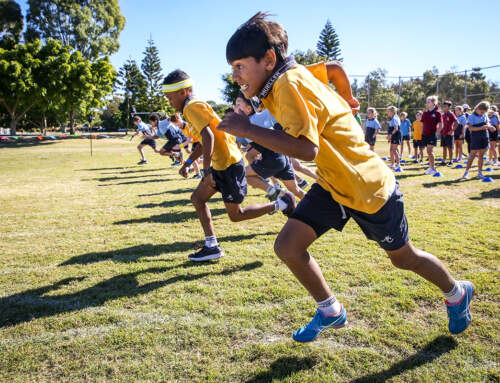When it comes to familial relationships, there are many instances and possibilities for relational ruptures to occur. Perhaps a mistake was made or a task was forgotten that made someone feel upset, maybe even angry. It is one of the inevitabilities of raising a family that the closer you are to a person the more influence you have to upset them. It is always important to address the relational ruptures as soon as possible and practicable to restore connection.
In a systematic review of the effects of family conflict, Jacob Borst found that the “lack of trust and adverse experiences, such as family conflict, contribute to unhealthy outcomes in the future and that the levels of trust in family systems may have critical consequences during the lifespan for both parents and children” (Borst, 2015, pp 34). When a relational rupture is not repaired between parent and child, no matter how small it begins to erode trust.
However, in the immediate aftermath of a conflict it may be prudent to allow for a 15-30min calm down period. This allows the “smart brain” time to turn back on and function again at its normal capacity, therefore allowing for a more productive and efficient process of repairing relational ruptures. It is also important to take into account that one’s brain doesn’t fully develop until about 25 years of age so be sure to make allowance for your child’s developing “smart brain”.
Someone once said that a parents job involves being the “smart brain” for their children (easier said than done). The trouble is when we as parents become dysregulated in the face of our children’s emotional blow ups and contribute to the chaos or maybe we try to use the right tools at the wrong time.
Dr Bruce Perry has developed a powerful yet simple model to help us help our kids when they have become dysregulated which can be used to restore a relational rupture. The model consists of 3 steps, regulate, relate, reason and in that order. Before we do anything we must be in a position of self-regulation regardless of other peoples emotional states. We must have our own tools to help us stay within our window of tolerance, because it is often the case that when our kids become dysregulated they need us to come along side them and help them regulate, which is called co-regulation. Children need co-regulation to regulate whereas parents need to self-regulate in order to co-regulate. This stage is all about helping our children to calm their fight/flight/freeze response when appropriate using the tools that suit them as an individual (fidgets, exercise etc).
The second stage is about relating with our kids through an attuned and sensitive relationship. An attitude of empathy and the commitment to truly understand their thoughts and feelings rather than trying to “fix” them.
The final stage is often what we as parents default to when our children become dysregulated, telling them all the reasons why they should have done that or continued to do this etc. Often our reasons are right but often they are miss-timed and therefore do not contribute toward repairing relational ruptures and in some cases make them worse.
Instead of telling little Johnny all the reasons why you couldn’t make his grand final match last weekend, perhaps it would be better to start with helping him to regulate his emotions and relating to him by trying to understand his side of the experience. Once these two approaches are taken genuinely it is much more likely that he will be in a position to hear your reasons. The process of regulating, relating and reasoning are not for the faint of heart but I bet your children are worth the effort. As Benjamin Franklin once said, “Don’t put off until tomorrow what you can do today”.
Anthony Ryan – School Counsellor






